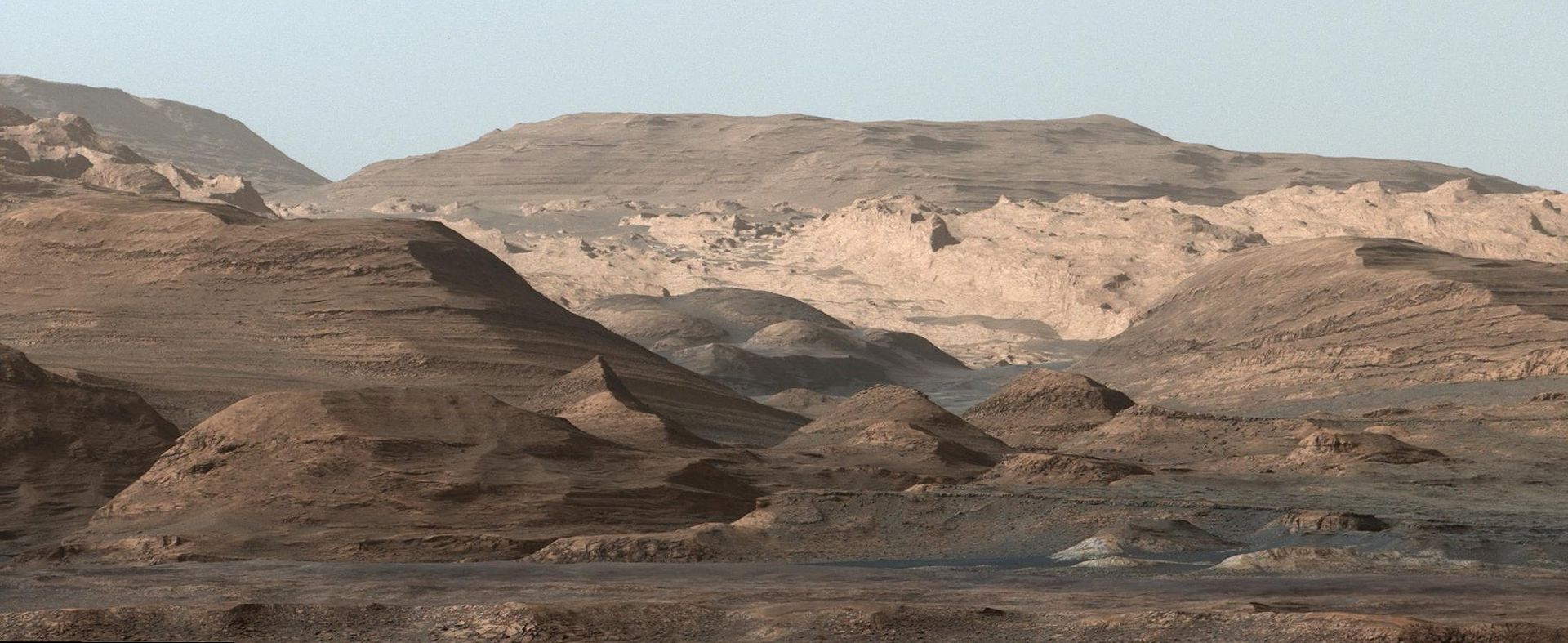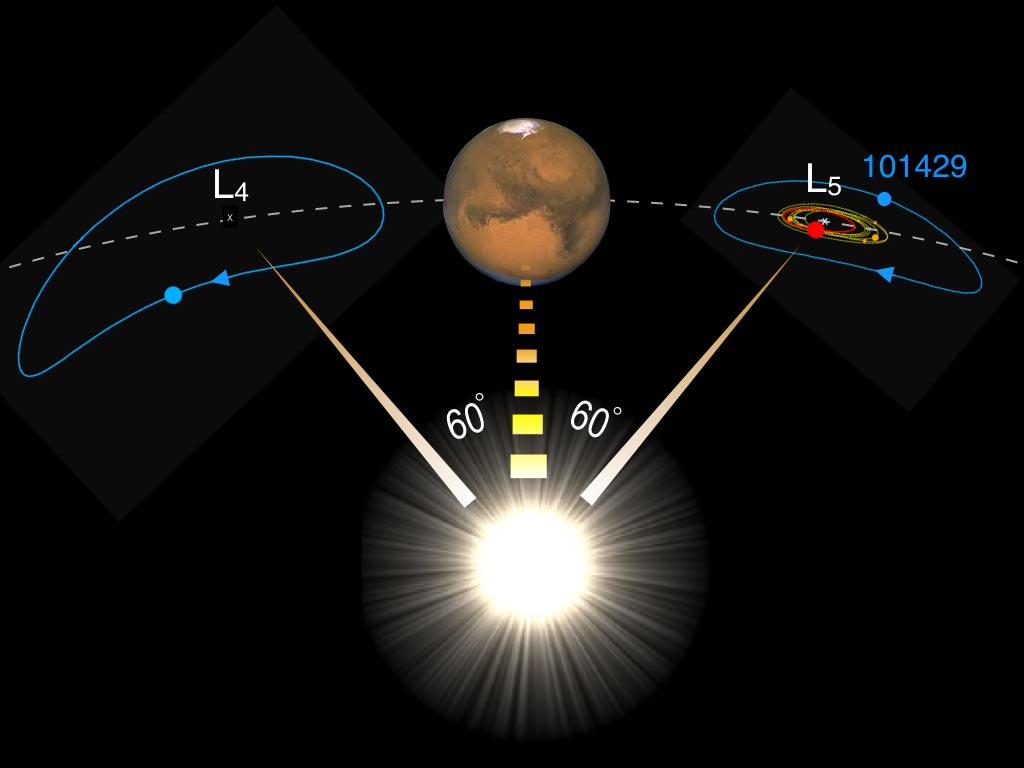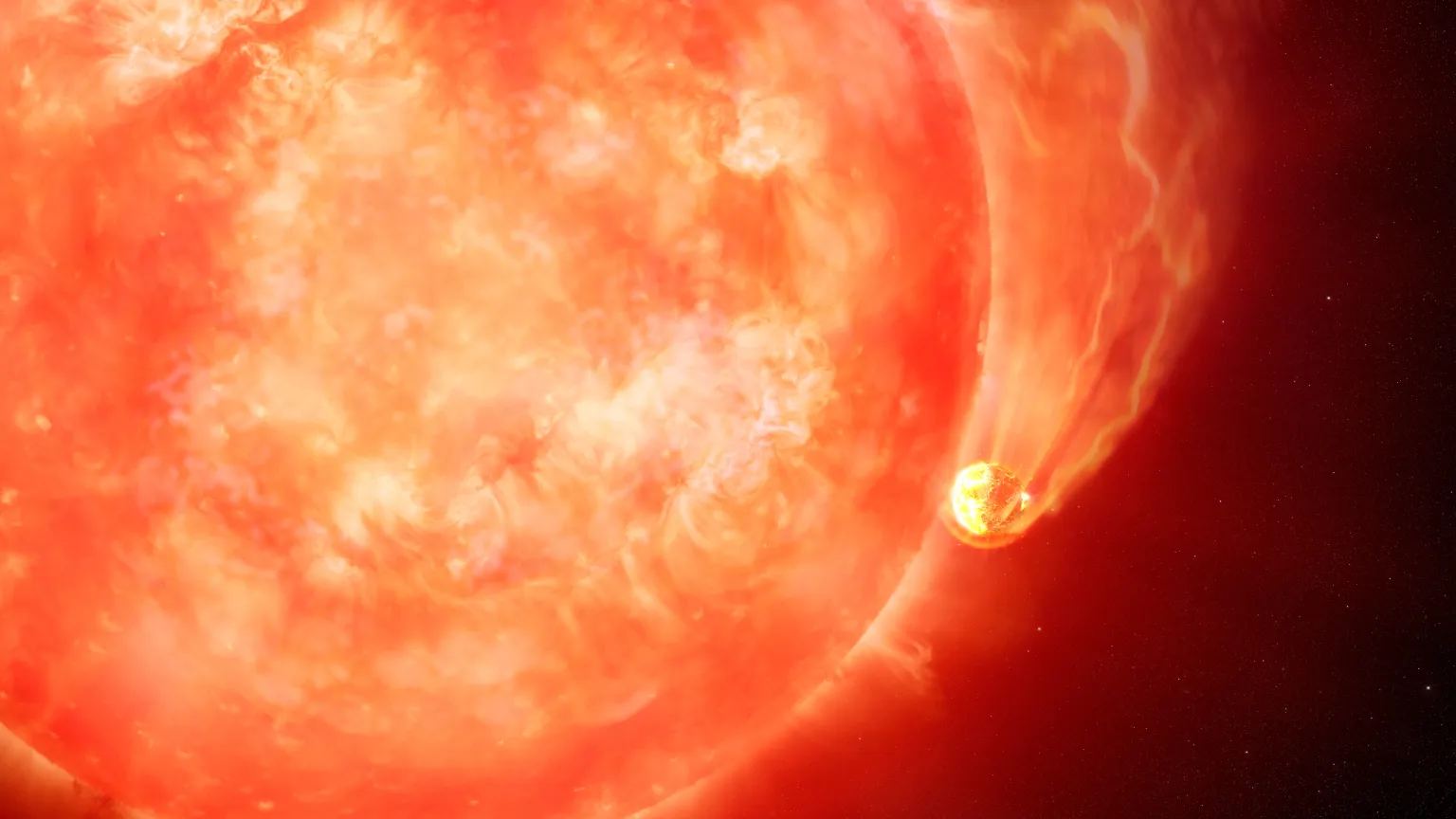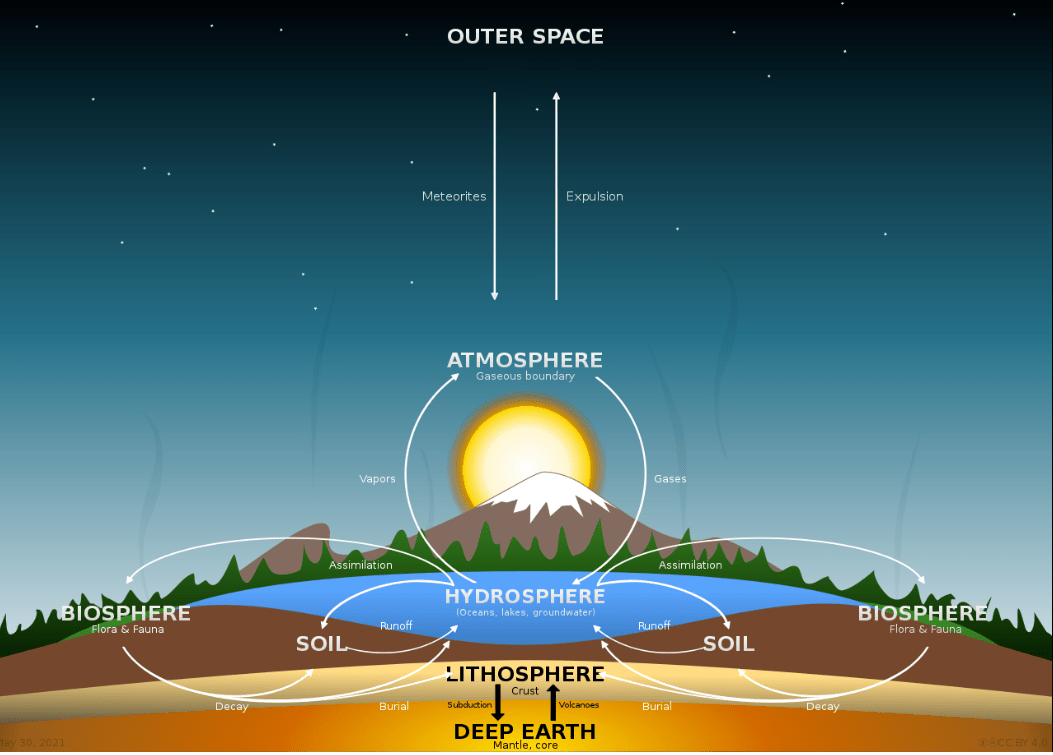Saturn’s moon, Enceladus, is a gleaming beacon that captivates our intellectual curiosity. Its clean, icy surface makes it one of the most reflective objects in the entire Solar System. But it’s what’s below that ice that really gets scientists excited.
Under its icy shell is an ocean of warm, salty water, and the ESA says investigating the moon should be a top priority.
Continue reading “Europe Has Big Plans for Saturn’s Moon Enceladus”



![An artist's conception of a brown dwarf. A new study identifies CK Vulpeculae as the remnant of a collison between a brown dwarf and a white dwarf. Image: By NASA/JPL-Caltech (http://planetquest.jpl.nasa.gov/image/114) [Public domain], via Wikimedia Commons](https://www.universetoday.com/wp-content/uploads/2018/10/Artist’s_conception_of_a_brown_dwarf_like_2MASSJ22282889-431026-2000x1200.jpg)





